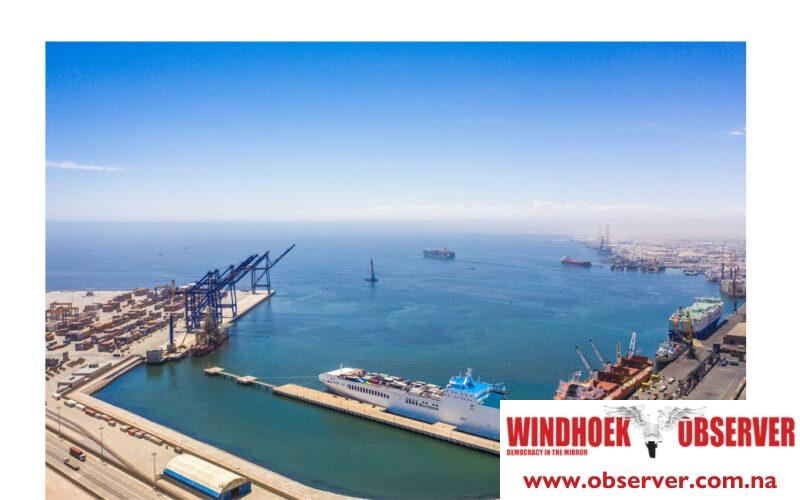Martin Endjala
Namport has recorded a revenue increase to the tune of N$1.5 billion or 22 percent compared to the N$1.2 billion increase recorded in 2022.
The profit was set against a target of N$1.2 billion while the ports authority announced an operating profit of N$411 million compared to the 2022 financial year which recorded N$375 million.
This is according to a Namport integrated annual report for the financial period from 1 April 2022 to 31 March 2023.
These achievements are said to highlight the ability of the company to adapt to market conditions, capitalise on demand, and maintain competitiveness in various sectors.
The company said it remains committed to fostering growth, optimising operational efficiency, and delivering value to stakeholders.
The authority’s revenue, which includes Namport and its subsidiaries, increased to N$2 billion compared to 2022 which recorded N$1.683 billion with an operating profit of N$407 million an increase from N$397 million in 2022.
The positive financial performance is supported by increased imports and exports for local and regional markets.
The authority in its report stated that it remains focused on consolidating and solidifying these critical cargo streams to improve their long-term sustainability.
The total cargo handled increased by 17 percent to 7.6 million tonnes compared to the 2022 financial year at 6.5 million tonnes. This growth can be attributed to several factors.
These include increased market demand, the allocation of additional fishing quotas, and the expansion of mining activities in the region. In addition, the decrease in freight rates has enhanced the viability and affordability of imports.
The volume of general cargo handled during the year increased by 23 percent, reaching 5.4 million tonnes for the year ended 31 March 2023.
Cross-border volumes grew by 41 percent to 2.2 million tonnes compared to 1.6 million tonnes, in 20922, representing 29 percent of the total cargo volumes handled by the Authority.
The total cross-border volumes comprised of 782,184 tonnes destined for the hinterland and 1.4 million tonnes from the hinterland.
Key markets such as South Africa, Zambia, the Democratic Republic of Congo (DRC), and Botswana contributed to the phenomenal growth in cross-border volumes.
Botswana, in particular, experienced a significant increase and this was driven by coal and copper concentrate exports and fuel imports, highlighting the importance of the logistics hub concept for sustained growth.




